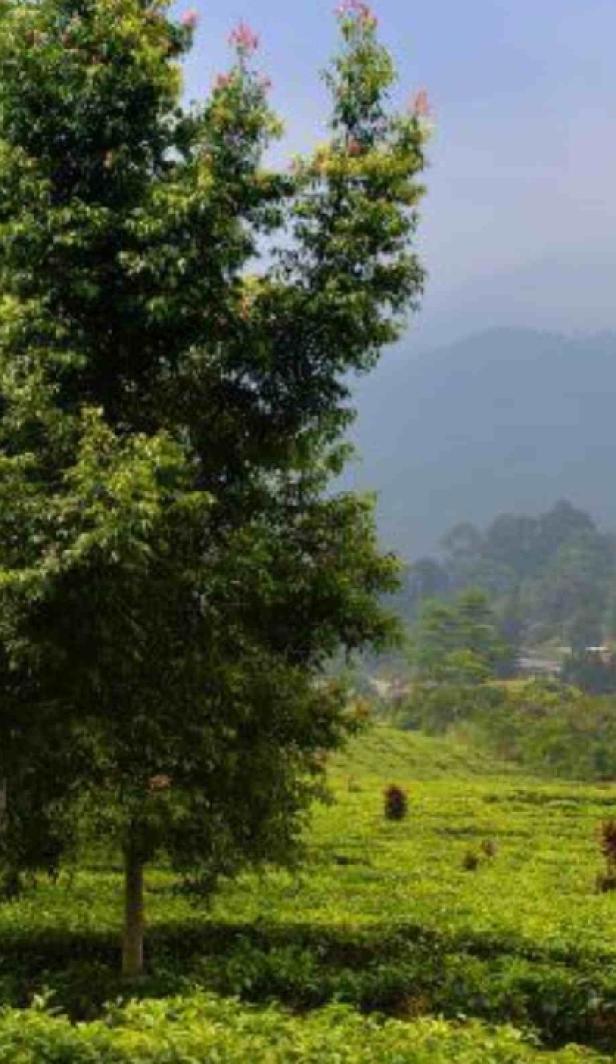History of Cuban coffee
Coffee arrived in Cuba in the 1700s and soon became a huge producer and exporter of coffee, so much so that the first plantations are now on the UNESCO World Heritage list. Before long, rum and cane sugar eclipsed coffee and its production declined, but this didn’t mean the consumption of it slowed!
In 1962, the government made a move to ration coffee alongside the rest of the nation’s food supply, which meant Cubans were given a measly four ounces of coffee per month. The people of Cuba got creative and mixed their coffee rations with chicharo beans or chickpeas to make it last longer, then sweetened it with sugar and served it in tiny cups called tacitas. This drink, known as a ‘Café con Chicharo’, didn’t have the crema present in many Italian coffees, but the inventive Cubans made a substitute by whipping brown sugar with a small amount of coffee to mimic it. The result was a crema – like substance which was sweeter and less bitter.
What is in a Cuban style coffee?
Cuban style coffee, also known as "Café Cubano" or "Cuban espresso", is made up of:
- • A shot of strong, dark espresso coffee.
- • Typically white granulated sugar, but brown sugar can also be used.
The sugar is mixed with the first few drops of espresso to create a thick, frothy layer called "espuma’ - and ‘Aqui tienes’ as the locals would say – that's what is in a Cuban coffee!
Cuban coffee culture
Coffee is a huge part of the daily culture in Cuba and it’s often enjoyed with friends, whether catching up at a street café, having friends over to enjoy a cup or popping in to have a ‘visita’ with neighbours. Just about everyone in Cuba has a stove-top espresso maker and it’s considered customary to offer a cup to visitors when they come to your home.
Outside of people’s homes, Cuban coffee can be enjoyed at private cafeterias which are often just people’s home windows! Known as ‘ventanillas’, these window cafes are much cheaper than the restaurants and bars in the area and you can typically enjoy a cup of Café Cubano for around 1 Cuban peso.
Coffee growing in Cuba
Coffee is still grown in Cuba, but not as much as it once was. It’s grown in three areas: The Sierra Maestra mountains (92% of Cuban coffee is grown here), Pinar del Rio and Escambray. The country produces both Arabica and Robusta coffee beans, typically from small, family-run farms.
Cuban coffee types
As Cuban’s love their coffee, they’re crafted a few unique types over the years, most of which you probably haven’t even heard of! All of the following Cuban coffee types are smaller cups which is due to the impact of rationing on the country.
What is it?
Café Cubano
An extremely strong, small coffee that really packs a punch! A bit like a stronger, sweeter espresso, the café Cubano is served in a small cup called a tacita (smaller than a demitasse cup) and it’s designed to be drunk like a shot. This drink is traditionally made in a pot on the stove.

What is it?
Colada
This is the larger version of the café Cubano and it comes with extra cups for sharing with friends and loved ones.

What is it?
Cortaditio
The cortadito is a café Cubano that’s sweetened and topped with steamed milk. The ratio of milk to espresso varies from 50/50 to 75/25 espresso and milk, depending on who’s making it!

What is it?
Café con Leche
A café con leche is coffee and hot milk and as with any Cuban coffee, sugar is typically added to sweeten. This beverage is commonly served with toast or Cuban crackers for breakfast.

That’s our guide to Cuban coffee and the culture that goes along with it! Want to continue your trip around the coffee hotspots of the world? Learn about Swedish coffee, next.
Today’s community favourites




